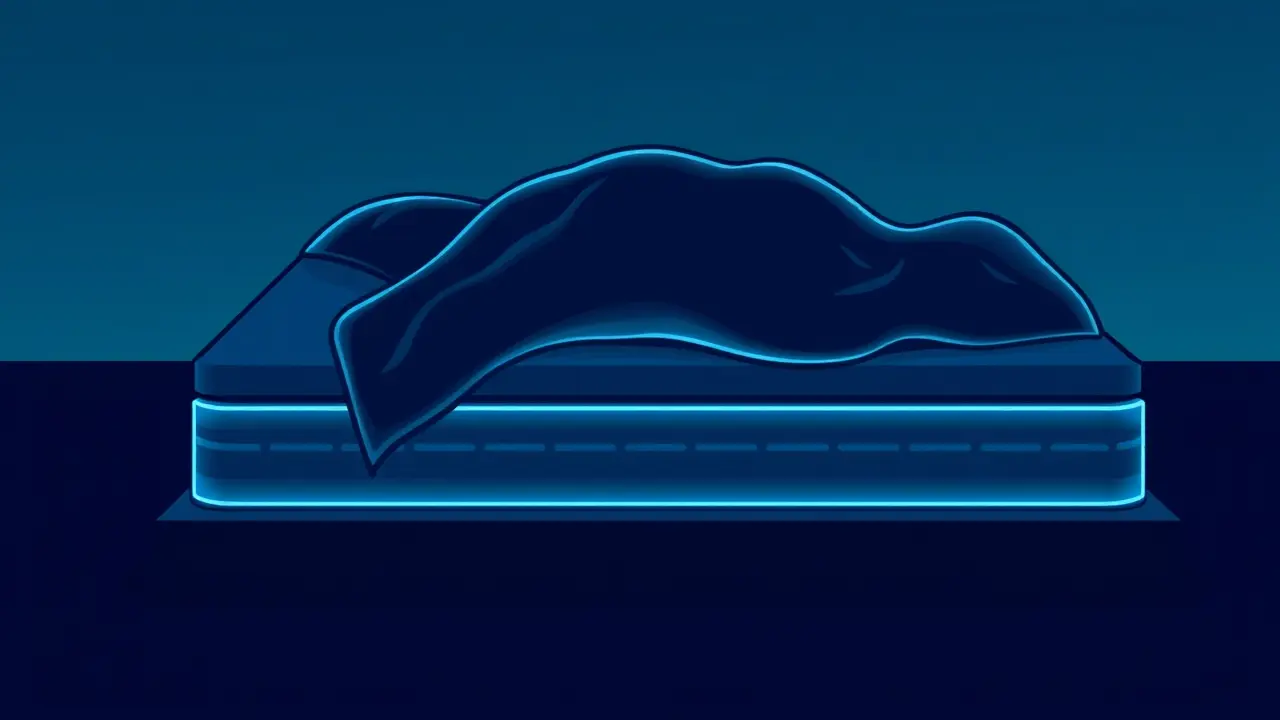
SciencephysicsMaterials Science
Scientists just found a way to grow diamonds without heat or pressure
TH
Thomas Green
6 days ago7 min read
In a development that feels ripped from the pages of a science fiction novel, a team of researchers at the University of Tokyo has fundamentally shattered a long-held scientific doctrine, achieving what was once considered a thermodynamic impossibility: growing diamonds at room temperature without the crushing, planet-forging pressures we assumed were mandatory. For decades, the creation of diamonds, whether deep within Earth's mantle or in high-tech labs, was a story written in heat and pressure.We envisioned colossal geological forces slowly squeezing carbon into sparkling perfection over billions of years, or industrial presses mimicking those extreme conditions to produce synthetic gems. This new paradigm, however, is as elegant as it is revolutionary.The Tokyo team, led by Professor Rod Ruoff, turned to the infinitesimally small world of electron beams, focusing them with pinpoint accuracy on a tiny chamber containing a custom-blended gallium-based liquid metal with a minuscule amount of silicon. The electron beam, in a process that inverts conventional wisdom about beam damage, acts not as a destructive force but as a cosmic-scale catalyst at the nanoscale.It triggers a catalytic reaction, freeing carbon atoms from methane gas also present in the mixture and facilitating their assembly into a diamond crystal structure right there on the silicon base, all under standard atmospheric pressure. This isn't just a laboratory curiosity; it's a foundational shift with staggering implications.The ability to 'grow' nanodiamonds with such precision and under such benign conditions could utterly transform materials science, opening the door to diamond-based semiconductors that operate at higher frequencies and temperatures than silicon can handle, revolutionizing computing and electronics. It paves the way for ultra-durable medical coatings and drug delivery systems, and quantum sensors of unprecedented sensitivity.Furthermore, this discovery forces us to re-evaluate our understanding of the cosmos itself. Scientists have long puzzled over the presence of diamonds in certain meteorites and the hypothesized diamond rain on ice giants like Neptune and Uranus.The Tokyo method provides a compelling new model for how these cosmic diamonds could form in the cold, radiation-filled vacuum of space, where electron irradiation is plentiful but the titanic pressures of planetary interiors are not. It suggests that the universe might be seeding diamonds in ways we never dreamed of, using the subtle tools of chemistry and particle physics rather than the brute force of geology.The road from this brilliant lab demonstration to industrial-scale application is, of course, a long one, fraught with engineering challenges related to scaling and cost. Yet, the very fact that it is possible at all marks a watershed moment. It demonstrates that sometimes, the most profound breakthroughs come not from applying more force, but from a deeper, more nuanced understanding of the fundamental dance of atoms and energy, reminding us that the secrets of the universe are often hidden not in power, but in precision.
#lead focus news
#nanodiamonds
#electron beams
#materials science
#University of Tokyo
#diamond formation
#no heat
#no pressure
Stay Informed. Act Smarter.
Get weekly highlights, major headlines, and expert insights — then put your knowledge to work in our live prediction markets.
Related News
© 2025 Outpoll Service LTD. All rights reserved.











